Description
Sculpture of Artemis or Diana of Gabies, a high-quality reproduction crafted with molded marble (marble powder with resin). Finished with an aging patina.
Height: 164 cm.
Base measurements: Width: 55 cm. Depth: 50 cm. Total depth: 60 cm.
Approximate weight: 90 kg.
Suitable for outdoor decoration such as gardens and terraces or for indoor decoration. The stone-like texture suggests the touch of an ancient original.
The Diana of Gabies is a statue that likely represents the goddess Artemis, traditionally attributed to the Greek sculptor Praxiteles (4th century BC) – Louvre Museum.
The Roman goddess Diana, called Artemis in Greece, was revered as the goddess of hunting, nature, and the Moon. Daughter of Zeus and Leto, she was born along with her twin brother Apollo on the island of Delos. A virgin goddess of nature, she is the protector of wild animals and maidens; her bow and arrows symbolize her skill in hunting. She was associated with Selene, taking on the role of the Moon Goddess. She is depicted in a short tunic, carrying a bow and arrows, and accompanied by animals such as dogs and deer.
Decorating with reproductions of sculptures depicting characters from mythology, gods, and heroes adds elegance and grandeur to our favorite indoor and outdoor spaces, particularly standing out in open spaces, gardens, courtyards, and terraces, with their harmony and beauty.
Sculptures representing Greco-Roman deities such as Apollo, Venus, Bacchus, or Diana not only showcase the aesthetics of classical art but also the symbolic richness of ancient mythology. Through the choice of a specific god, like this statue of the Diana of Gabies, we can express not only our aesthetic preferences and interests but also our personal values or aspirations related to its symbolic meaning.
Decoration with large classical sculptures of gods and heroes transcends mere ornamentation, transforming our home into a space that pays homage to the timeless beauty and spirituality of antiquity. These works establish a connection between myths and their symbolism and art, recalling the enduring legacy of Greek and Roman culture.


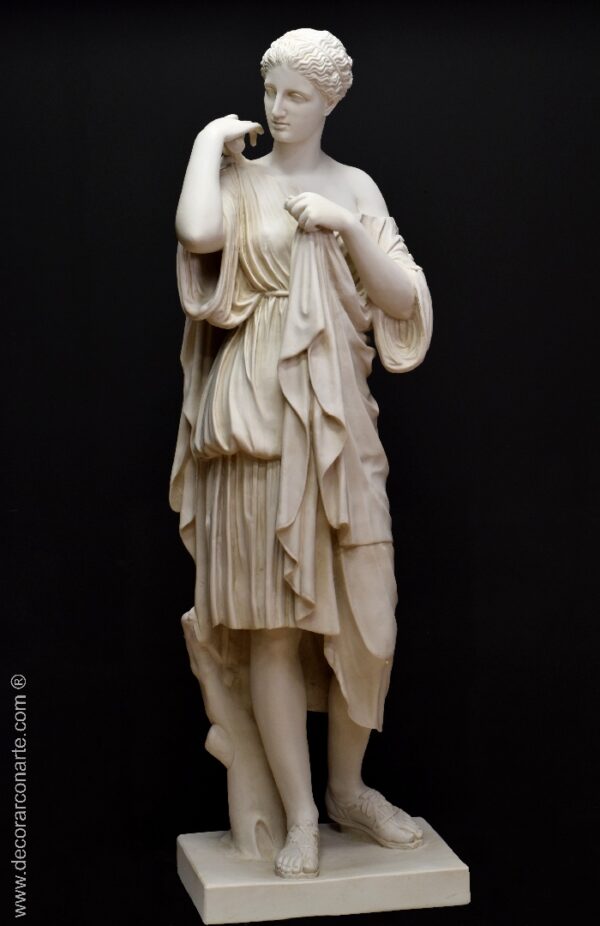


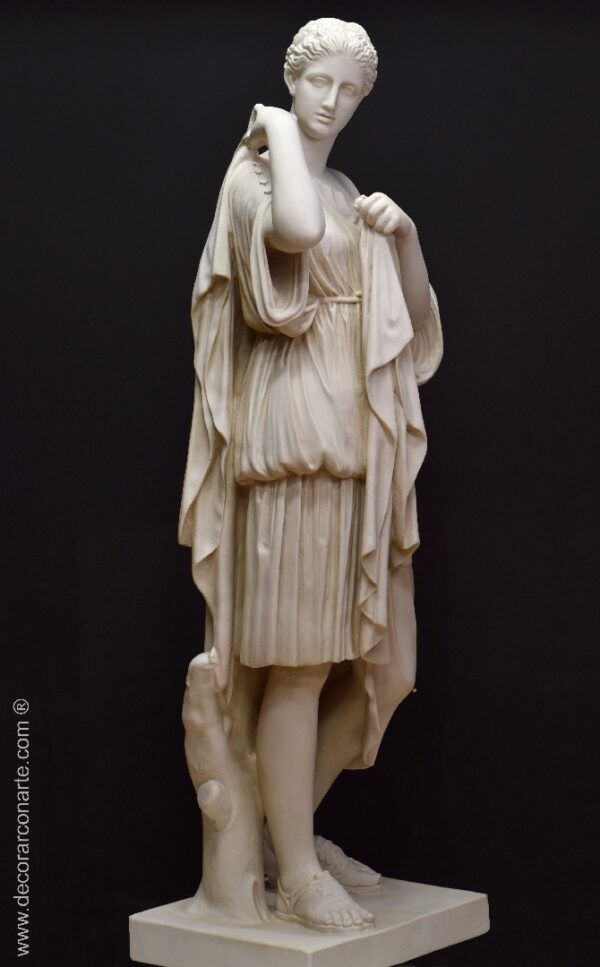
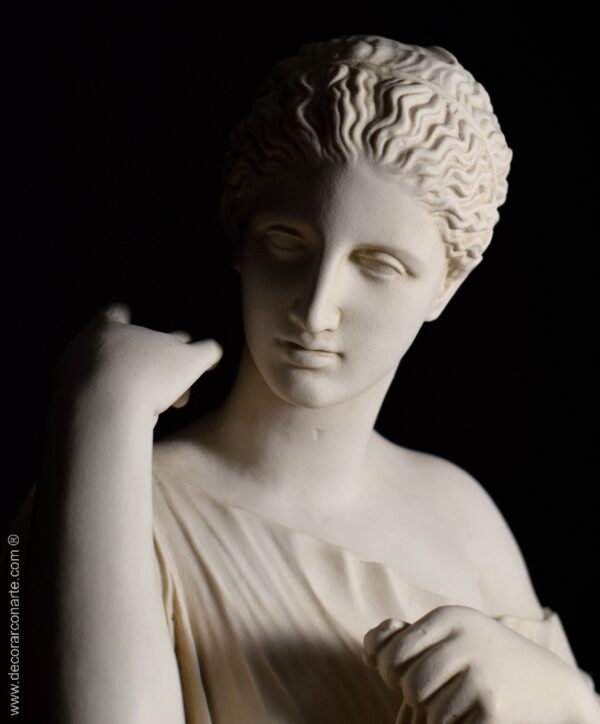

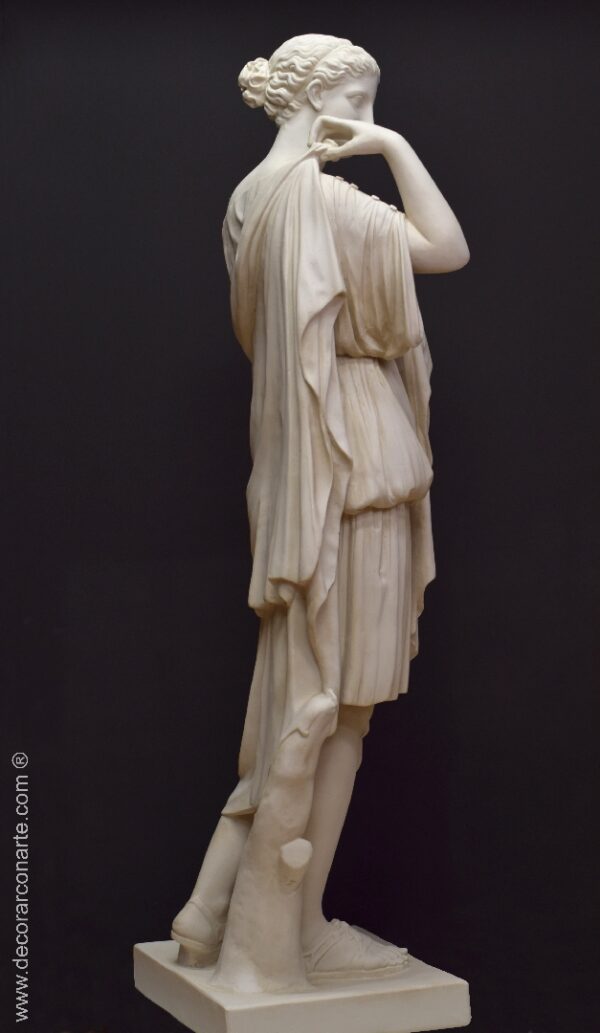

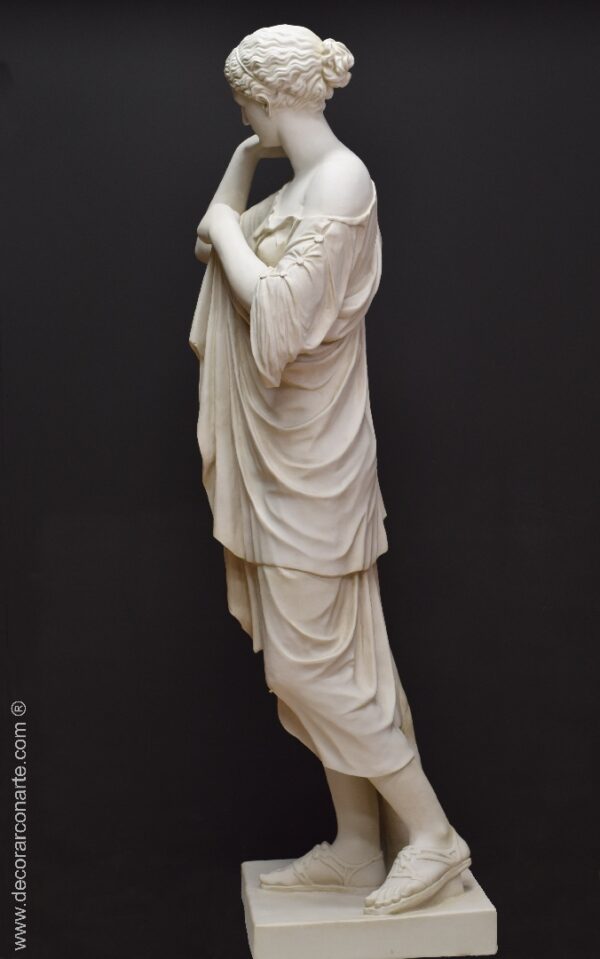
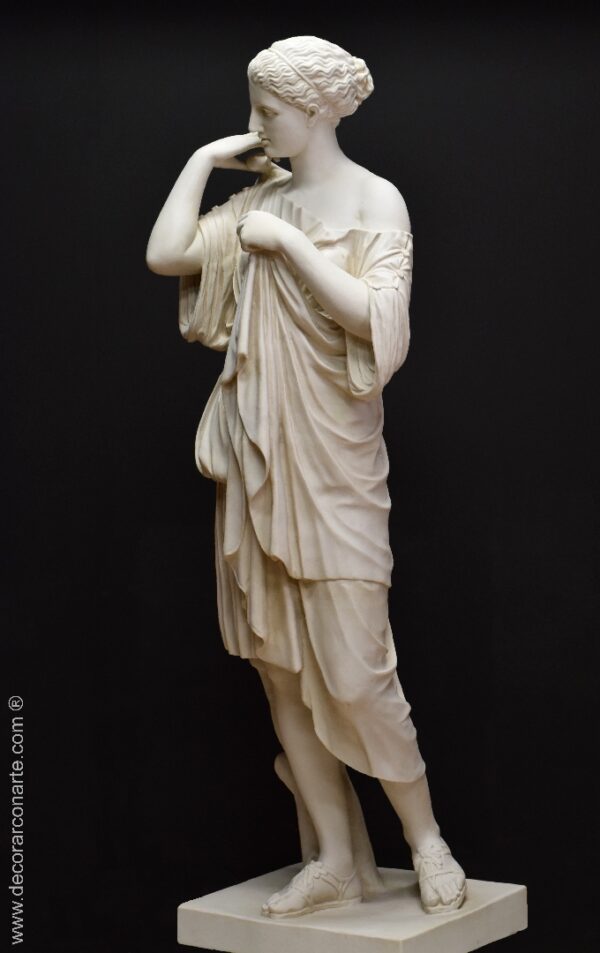


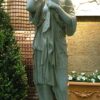






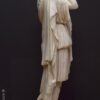












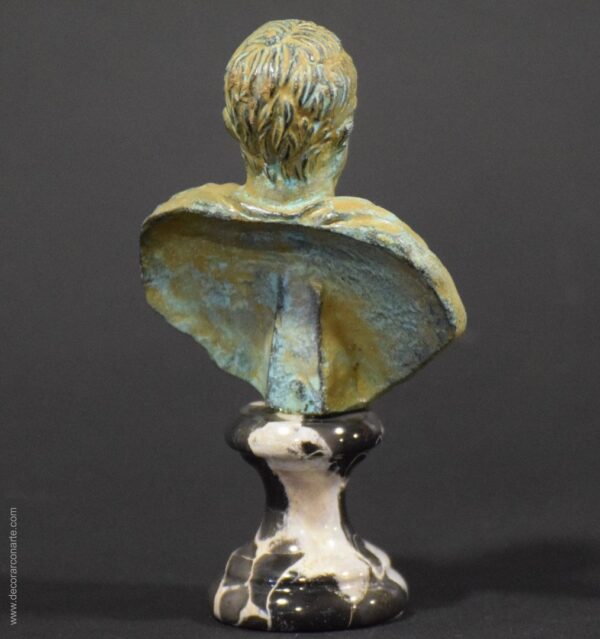
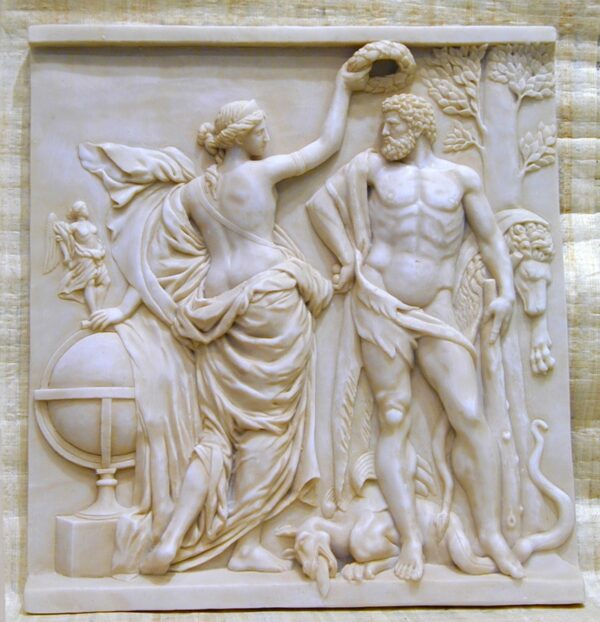

Reviews
There are no reviews yet.